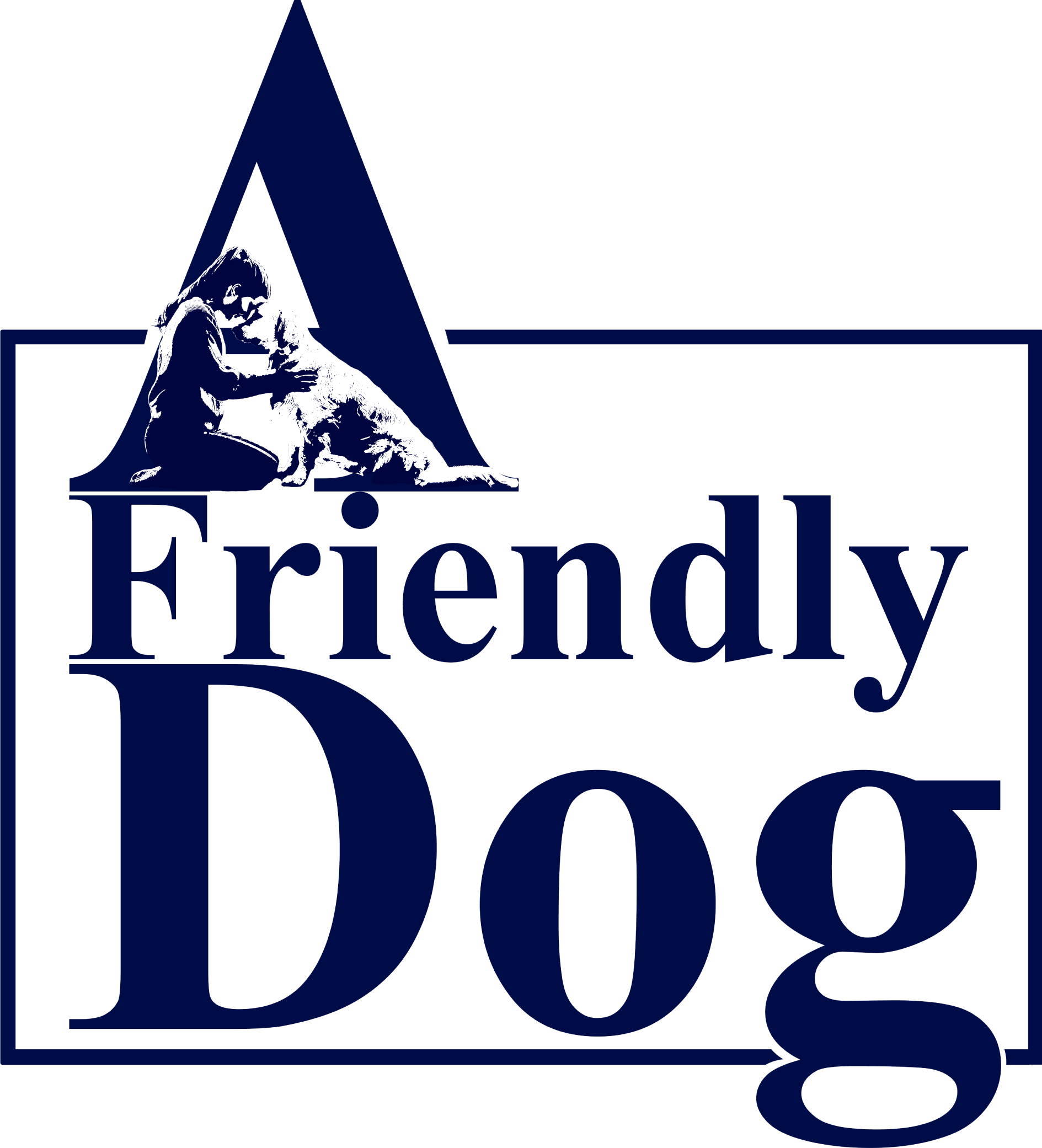Observing your dog closely is crucial in determining if he is truly angry. If he directs loud barks towards you, it is evident that he is angry with you. On the other hand, if his barks are sharp and brief, it is his way of expressing that he has had enough of something. Sometimes, your dog may emit a soft but persistent growl, indicating his anger and potential for aggressive behavior if you continue to upset him. This serves as a warning sign.
If he continues barking and then shows his teeth, he is preparing to follow through with his warning and attack. It is important to avoid triggering such negative emotions in your dog, as the outcome is always unpleasant. Another indication of your dog’s anger is if he walks away while you are petting him or giving him a lengthy lecture about why he shouldn’t have urinated on your bed.
Dogs, like teenagers, sometimes express their emotions in unconventional ways. If the damage has already been done, it is best to address the issue through re-training rather than a lengthy monologue. Utilize the positive reinforcement technique, where you reward him with treats for exhibiting the desired behavior.
Dogs, like humans, can also experience fear. Their behavior may become peculiar when they are feeling scared. For example, they may bark excessively. However, what may appear as aggression could actually be an expression of fear. So, how can you determine if your dog’s barking is due to fear or excitement?
Firstly, assess the environment your dog is in. Is there a stranger nearby or a new pet that has been introduced to your home? Identifying and addressing the cause of your dog’s barking can greatly assist them. Remember that dogs seek reassurance from their owners, just as people rely on them for protection.
Another indication that your dog is experiencing anxiety or fear is if they start running around. Similar to how humans pace when they are nervous about something, dogs become restless and start pacing when they are scared.
It is important to be observant of your dog’s behavior in various situations. Ignoring their emotions can lead to serious issues such as aggression and separation anxiety. This occurs when a dog experiences panic attacks due to the fear of being left alone.

